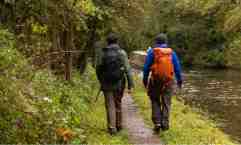
The Slow Ways founder, Daniel Raven-Ellison (right) walks with the Guardian’s Patrick Barkham as they verify a route between Congleton and Macclesfield. Photograph: Fabio De Paola/The Guardian
The right of way is a theme we love, and now there is a technology to assist our pursuit of those rights, at least in one country.
Our thanks to and the Guardian for their coverage of this development:
Walk the walk: the app mapping 140,000 miles of public right of way
Slow Ways was set up during the pandemic when frustrated locked-down walkers drew up more than 9,000 walking routes across Great Britain. Photograph: Fabio De Paola/The Guardian
Community-based, Slow Ways has verified 60% of a network of pedestrian-friendly routes across Great Britain
I meet up with Daniel Raven-Ellison, the brains behind the Slow Ways walking network, in the darkness of a drizzly dawn at Kidsgrove railway station in Staffordshire. Our mission? To walk and verify the final 17-mile (27km) link in the route between Birmingham and Manchester. Continue reading



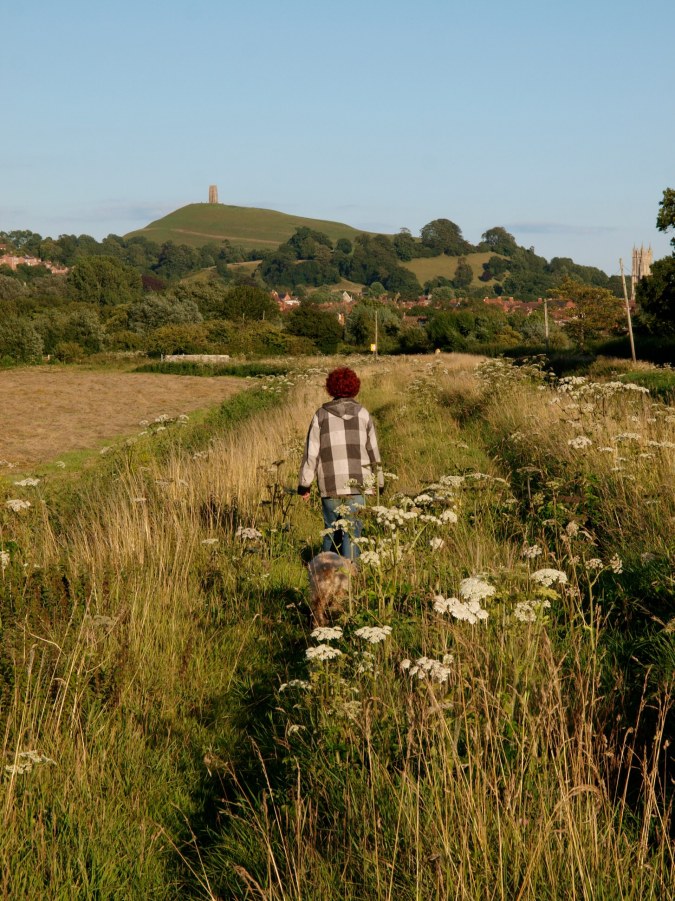
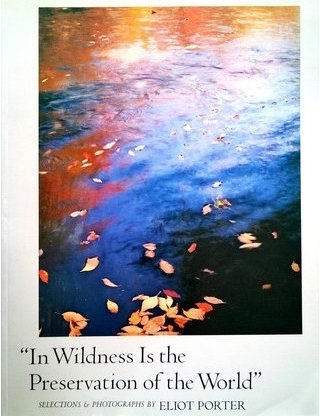


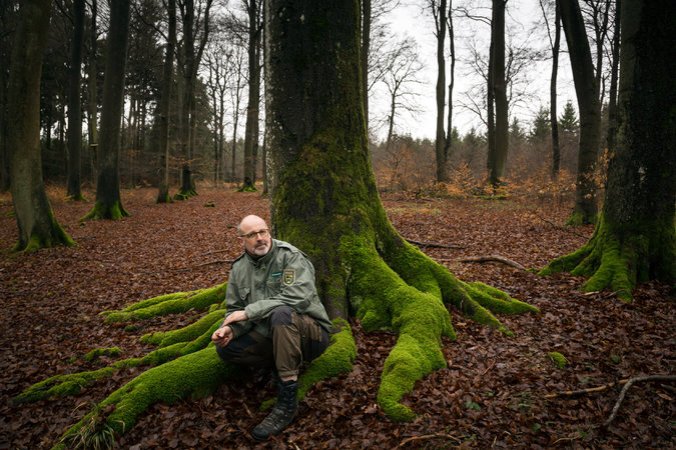




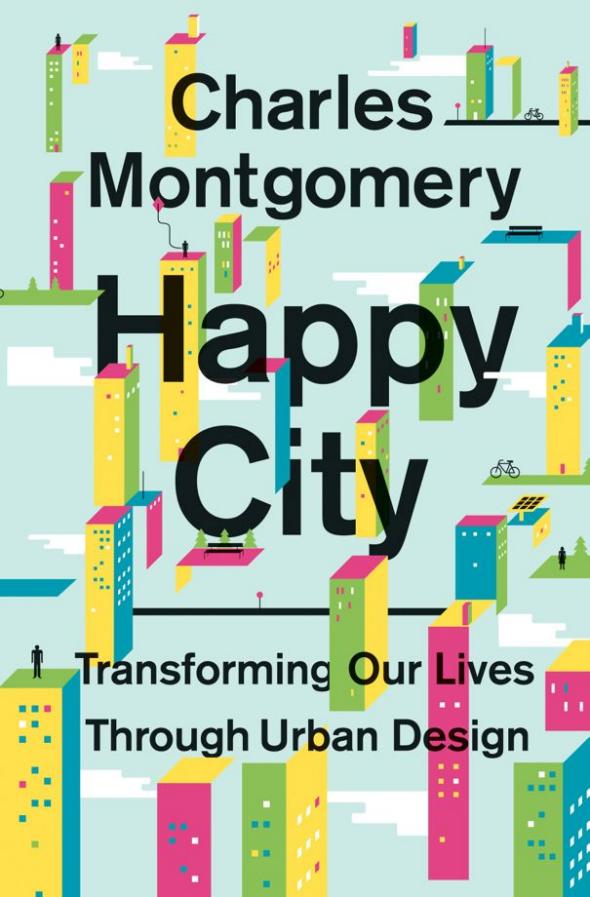





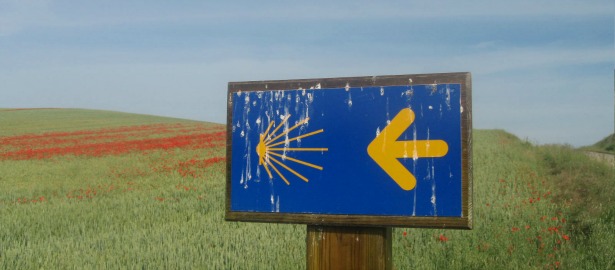


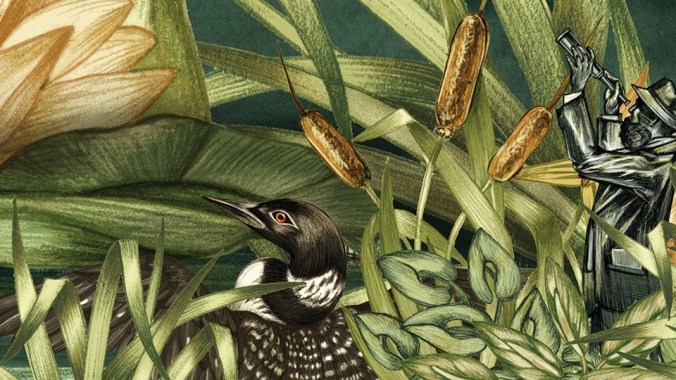

 One of my favorite (as well as most convenient) hikes was from Feynan up the first valley to the north-east: Wadi Dana. I spent at least 24 hours walking in this valley on my own – and probably nearly that long with guides and guests. It was a boon to watch the lodge’s Bedouin guides walking through the lands they grew up in, as well as learning about the area’s natural bounties from them; every hike yielded a treasury of information on goat udder infection remedies, headache alleviation; arthritis, diabetes, and chronic headache treatments – all sourced from plants that appear to an outsider’s eyes as weeds growing from the cracks in the mountain. I learned how to sanitize my hands with “Bedouin Soap”, how to find a decent snack when feeling peckish, and what type of branch to use to make a splint if one of your goats breaks its leg (although I wasn’t taught how to actually do so, I was in someone’s tent and watched it being done), as well as several other folk remedies and fixes based on native plant life.
One of my favorite (as well as most convenient) hikes was from Feynan up the first valley to the north-east: Wadi Dana. I spent at least 24 hours walking in this valley on my own – and probably nearly that long with guides and guests. It was a boon to watch the lodge’s Bedouin guides walking through the lands they grew up in, as well as learning about the area’s natural bounties from them; every hike yielded a treasury of information on goat udder infection remedies, headache alleviation; arthritis, diabetes, and chronic headache treatments – all sourced from plants that appear to an outsider’s eyes as weeds growing from the cracks in the mountain. I learned how to sanitize my hands with “Bedouin Soap”, how to find a decent snack when feeling peckish, and what type of branch to use to make a splint if one of your goats breaks its leg (although I wasn’t taught how to actually do so, I was in someone’s tent and watched it being done), as well as several other folk remedies and fixes based on native plant life.